May 23, 2025 | 06:01 GMT +7
May 23, 2025 | 06:01 GMT +7
Hotline: 0913.378.918
May 23, 2025 | 06:01 GMT +7
Hotline: 0913.378.918
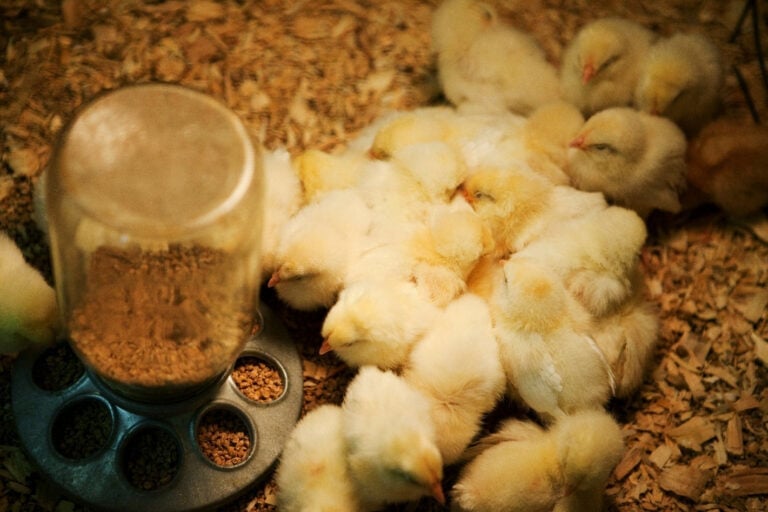
FCR is the key performance indicator in the poultry industry. Photo: Novonesis.
For instance, an improvement of 0.01 in FCR can result in cost savings of approximately €0.01 per broiler and €0.10 per layer hen. In a competitive market with rising feed ingredient costs, producers are seeking sustainable ways to optimise feed utilisation and improve flock performance.
Historically, advancements in poultry efficiency have been driven by 2 key factors, namely:
Within the realm of nutrition, biosolutions have emerged as a game-changing innovation, providing natural and effective tools to enhance feed efficiency. From enzymes revolutionising feed digestibility in the 1990s to the introduction of Bacillus-based probiotics in the last 15 years, biosolutions have transformed how poultry producers maximise nutrient absorption and gut health. The question remains – what’s next?
The next frontier in poultry nutrition
Biosolutions continue to evolve, driven by a deeper understanding of their mode of action. Scientific advancements are now allowing producers and nutritionists to predict outcomes with greater precision, optimising FCR through targeted intestinal modulation. One of the most promising areas of research is the role of Bacillus subtilis probiotics, which contribute to feed efficiency in multiple ways:
1. Enhancing digestibility through enzyme production
Certain Bacillus strains are known for their ability to produce key digestive enzymes such as proteases, lipases, and cellulases. These enzymes help break down proteins, fats, and fibre, making nutrients more accessible for absorption. Improved digestibility means that birds can extract more energy and protein from the same amount of feed, leading to better FCR.
2. Strengthening gut morphology for nutrient absorption
A healthy intestinal structure is critical for nutrient uptake. Research has shown that Bacillus probiotics can increase villus height and optimise the villus-to-crypt ratio, creating a larger surface area for nutrient absorption. This structural improvement directly impacts FCR as birds become more efficient at converting feed into body weight.
3. Modulating the gut microbiome for stability and performance
A well-balanced gut microbiome plays a crucial role in maintaining intestinal integrity and immune function. Bacillus-based biosolutions help stabilise the microbiome, reducing the overgrowth of harmful bacteria such as Clostridium perfringens and Salmonella. By lowering pathogen pressure, birds experience less intestinal inflammation, allowing more energy to be directed towards growth rather than immune response.
Performance gains under challenge conditions
Poultry production is rarely conducted under perfect conditions. Disease challenges, feed variability, and environmental stressors can all negatively impact FCR. Recent trials have demonstrated that biosolutions can help mitigate these challenges and maintain performance levels:
The road ahead: predictive nutrition through mechanistic insights
The future of FCR optimisation lies in the ability to predict and fine-tune the impact of biosolutions on poultry performance. By leveraging advanced research techniques such as gut microbiome profiling, metagenomics, and predictive modeling, scientists can accelerate the development of next-generation biosolutions that deliver even greater precision in feed efficiency.
For poultry producers, this means a shift towards a data-driven approach to nutrition – one that integrates biosolutions not as an afterthought, but as a core strategy for sustainable growth. As the industry continues to evolve, those who harness the power of biosolutions will gain a competitive edge in profitability, sustainability, and bird welfare.
Conclusion
With feed costs dominating poultry production expenses, the need for effective FCR improvement strategies has never been greater. Biosolutions, particularly Bacillus-based probiotics, offer a proven, science-backed approach to optimising feed efficiency through enhanced digestibility, gut health, and microbiome stability.
As the poultry industry moves towards a more sustainable and performance-driven future, biosolutions will continue to play a pivotal role in shaping the next era of poultry nutrition. Now is the time for producers to embrace these innovations, unlock the full potential of their flocks, and secure long-term success in an increasingly competitive market.
(Poultryworld)

(VAN) Coffee prices on May 22, 2025, slightly decreased by VND 500, trading at VND 125,000 – 125,700/kg. Global coffee prices showed mixed fluctuations.
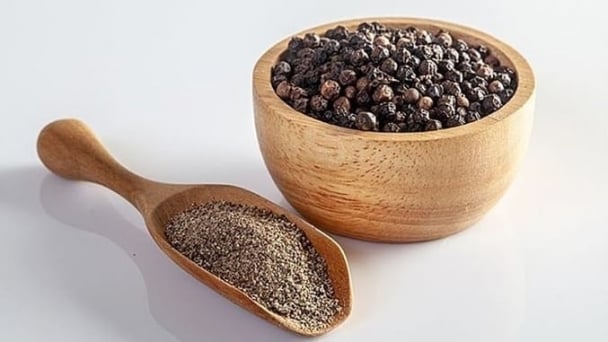
(VAN) Pepper prices on May 22, 2025, slightly decreased by VND 1,000, trading around VND 150,000 – 152,000/kg. Global pepper prices remained unchanged.

(VAN) Rubber prices on May 22, 2025 on the global market dropped significantly. Domestically, raw latex continues to be purchased at around VND 397 – 462/TSC.
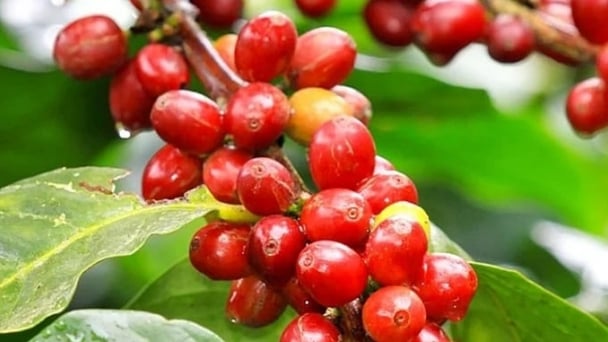
(VAN) Coffee prices on May 21, 2025, dropped sharply by VND 1,000, trading at VND 125,000 – 125,700/kg. Global coffee prices also reversed and declined.
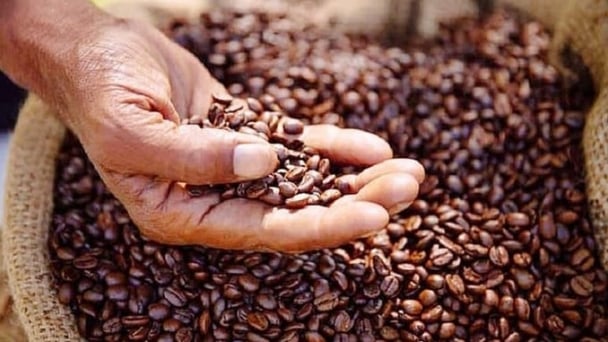
(VAN) Coffee prices on May 20, 2025, surged by VND 2,200, climbing to VND 126,000 – 126,700/kg. Meanwhile, global coffee prices also recorded a sharp increase.
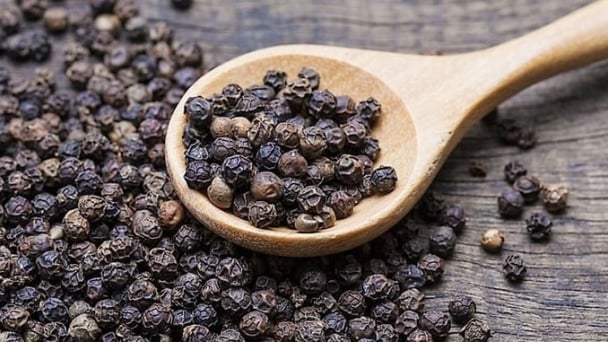
(VAN) Pepper prices on May 20, 2025, dropped by VND 1,000 only in Gia Lai, trading at VND 150,000 – 153,000/kg. Global pepper prices remained unchanged.
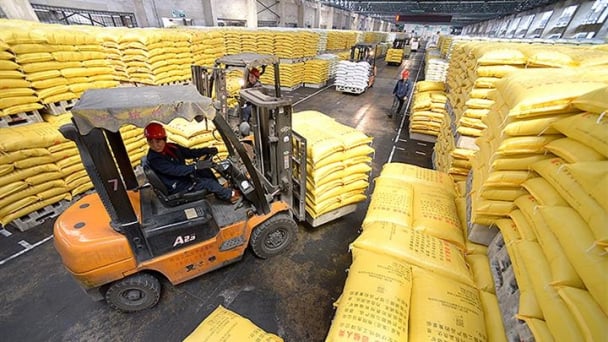
(VAN) Analysts are watching moves out of Asia, particularly with fertilizer.